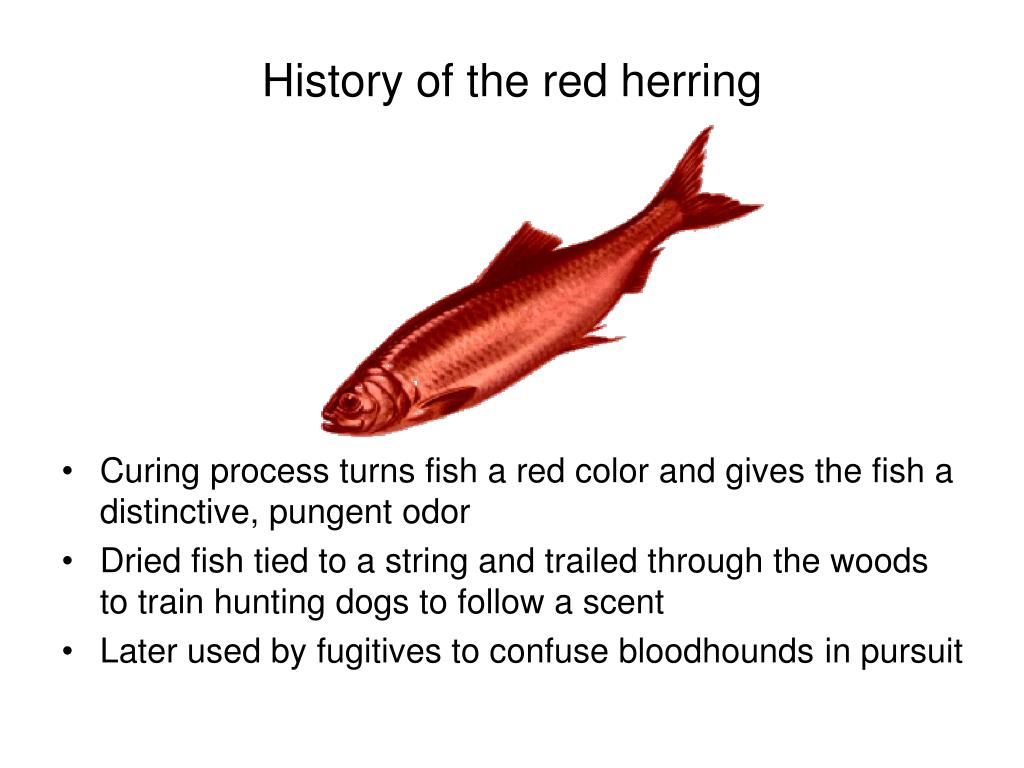

This paper examines the effect of ageing on different types of HC use and disentangles the effect of other confounding effects, namely, (a) proximity to death, (b) comorbidities and lifestyles and (c) differences in the composition of HC. Hence, it is important to understand how it impacts on different types of HC (e.g., medicines, hospital care and home care). Finally, ageing can incentivise the utilisation of new technologies that specifically cater to the HC needs of an ageing population.Ĭonsistently, Goldman et al. ( 2005) using United States data and Wong et al. ( 2012) using Dutch data, found that medical innovations give rise to a differential shift of health expenditures to older age groups. Hence, the effect of ageing is likely to be heterogeneous across different types of HC, which especially differ in their reliance on technology (Breyer, Costa-Font, & Felder, 2010). This puts the coordination of health and long-term care services at the centre stage (Costa-Font, Jimenez-Martin, & Vilaplana, 2018). This paper addresses some of these econometric concerns by drawing on individual data that can explain both individual- and country-level variation in morbidity and TTD.įinally, another potential red herring, results from the fact that ageing can change the composition of HC towards a more intense use of end of life care, hospital care and long-term care (LTC). The effect of such omitted variable bias can be analysed using individual longitudinal data which captures the influence of early lifestyles. as it is subject to omitted variable bias.

Similarly, Howdon and Rice ( 2018) find that the effect of chronic conditions weakens the effect of ageing on hospital expenditures. In addition to the consideration of TTD, which is potentially endogenous, another source of overestimation (of ageing effects on health expenditure) results from the correlation between morbidity and an individual's age,Ĭonsistently, Dormont et al. ( 2006) establish, using French, data that the compression of morbidity offsets the potential effects of ageing in health spending. In fact, the effect of TTD decreases with age (Felder et al., 2010), and Seshamani and Gray ( 2004) have shown that hospital expenditures increase well over 15 years before death, and decline once an individual's turns 80, hence casting doubts about the effects of age on health care expenditures. Some studies even go as far as to argue that the effect of ageing on HC reflects a ‘red herring', given that when time to death (TTD) is accounted for, the effect of ageing disappears (Zweifel, Felder, & Meiers, 1999 Zweifel, Felder, & Werblow, 2004 Hall & Jones, 2007 Shang & Goldman, 2007). One of the main explanations is that a significant share of expenditures take place around the time of death. However, there are good reasons to argue that the effect of ageing on health expenditure is overestimated. Given that the percentage of old age population in the countries of the Organisation of Economic Cooperation and Development (OECD) is projected to rise to 25% by 2050 (Lafortune & Balestat, 2007), it is important to understand how ageing affects HC use. In 20, the percentage of health care expenditure concentrated in the cohort aged 65 and older ranged between 38.8% in the Czech Republic and 46.7% in Germany (European Union, 2016).

I have no problem that this game continues as it is for those willing to adapt to its format, but I request a British version.Population ageing is commonly portrayed as a central determinant of health care (HC) spending (Marino, Morgan, Lorenzoni, & James, 2017 WHO, 2015). Often it is just a word which is used in a different context or spelled incorrectly (our language, our spelling!) which causes the inability to complete the puzzle. For those of us brought up and educated in the United Kingdom, US geography, politics and history, US television programmes and celebrities, and US shopping and culture are things in which we are rarely well versed. however, the way in which this game falls short too frequently is that it is very American. The idea is excellent, and often the game excels. The aim of this game is that sixteen words need to be sorted into themed groups, ie types of similar items, famous people’s surnames all connected by a common first name, phonetic, numeric, basic IQ etc., etc., etc.


 0 kommentar(er)
0 kommentar(er)
